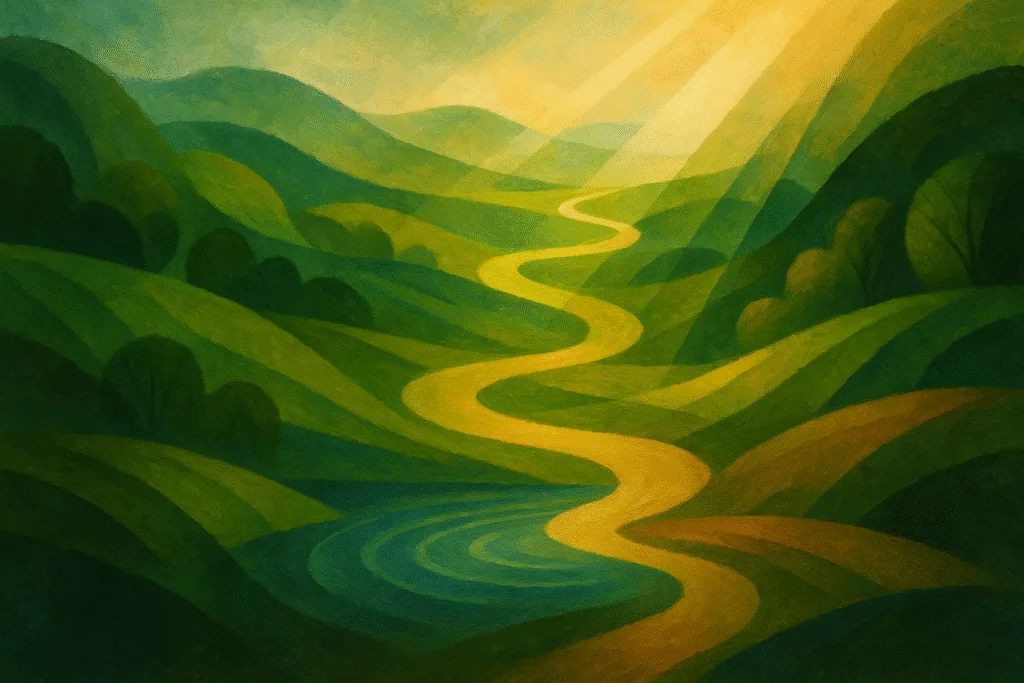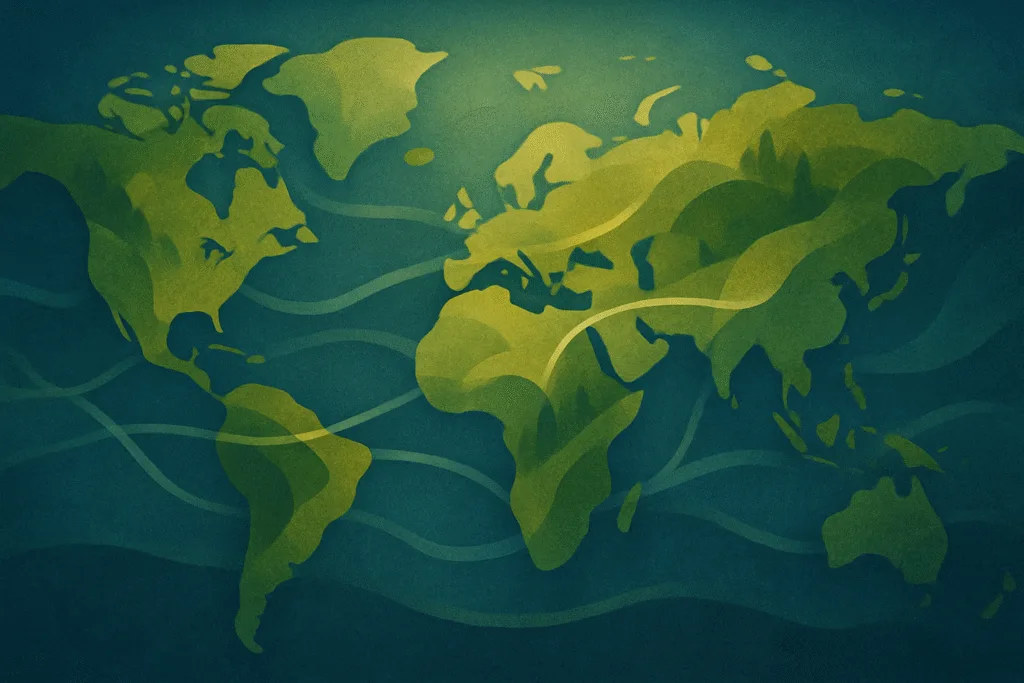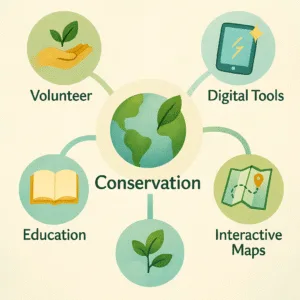
The Nature Conservancy: Everything You Need to Know About Who They Are, What They Do & How You Can Help
The Nature Conservancy (TNC) is one of the world’s largest and most respected environmental nonprofits, operating in over 80 countries. With a science-first mission to protect the lands and waters on which all life depends, TNC offers hands-on ways for people to participate, learn, and lead in conservation.
- How to Take Action with The Nature Conservancy
- Understanding TNC’s Most Powerful Environmental Tools
- The Best Free Learning Resources for Schools and Families
- Beginner’s Guide to Using TNC’s Interactive Conservation Maps
Whether you’re looking to get your hands dirty through volunteer work, incorporate climate science into your curriculum, explore nature near you, or understand your environmental impact at home, The Nature Conservancy offers resources to make that possible. This guide breaks down the most practical and impactful tools TNC has to offer—and links you to posts that show how to use them.

How You Can Support Nature Through The Nature Conservancy
TNC’s impact is built not only on its projects, but also on the participation of people around the world. Each of the four areas below offers a direct entry point to meaningful involvement—whether you’re acting independently, as an educator, or part of a local initiative.
How to Take Action with The Nature Conservancy
From weekend trail cleanups to joining multi-month conservation initiatives, TNC provides clear ways to get involved. This blog post walks you through how to find opportunities near you, sign up to volunteer, and even organize local restoration efforts through TNC’s existing programs.
How to Take Action with The Nature Conservancy in Your Community
Understanding TNC’s Most Powerful Environmental Tools
TNC’s website houses an array of digital tools—from a carbon footprint calculator and native plant guides to biodiversity planning resources. This blog post defines each major tool, explains what it’s used for, and shows how to apply it at home or in your community.
What Are The Nature Conservancy’s Environmental Tools and How Do They Work?
The Best Free Learning Resources for Schools and Families
The Nature Lab is a standout resource for educators and parents. This post rounds up the best free lesson plans, virtual field trips, printable activities, and videos TNC offers to help students understand climate, wildlife, ecosystems, and sustainability.
10 Free Nature Lab Tools from The Nature Conservancy Every Educator Should Know
Beginner’s Guide to Using TNC’s Interactive Conservation Maps
TNC maintains rich interactive maps showing protected areas, priority landscapes, habitat corridors, and global conservation investments. This post guides beginners through how to use those maps—whether you’re a student, advocate, or policymaker looking to explore TNC’s impact or opportunities near you.
Beginner’s Guide to The Nature Conservancy’s Interactive Conservation Maps

FAQs
The Nature Conservancy’s mission is to conserve the lands and waters on which all life depends. They use science-driven strategies and work in partnership with communities, businesses, and governments to protect natural resources worldwide.
You can volunteer by searching for local opportunities on The Nature Conservancy’s volunteer portal. Projects include trail cleanups, invasive species removal, and citizen science events. After signing up, TNC provides details and support to help you prepare. You can also join longer-term initiatives or organize your own local conservation event with guidance from your nearest TNC chapter.
TNC offers a free Carbon Footprint Calculator that estimates your household’s emissions from activities like energy use, travel, and diet, and gives personalized tips for reducing your impact. For planting guides, TNC’s Native Plant Garden Guide offers region-based recommendations for plants that restore habitat and support pollinators, making it easy to start an environmentally friendly garden.
TNC’s Nature Lab platform provides free, standards-aligned lesson plans, virtual field trips, activity guides, and videos covering topics such as climate science, biodiversity, and sustainability. Resources are available for K–12 classrooms and families, including bilingual materials and hands-on experiments to bring conservation science to life.
Yes. TNC’s interactive conservation maps let you explore protected areas, biodiversity hotspots, climate-resilient landscapes, and freshwater projects globally. These maps are user-friendly, don’t require special software, and offer downloadable data for students, advocates, and planners who want to see conservation impact near them or worldwide.
Support Conservation Through Action, Education, and Discovery
TNC’s mission isn’t possible without individuals like you. Whether you act locally, teach globally, or simply make more informed decisions, their tools and programs are designed to help you contribute meaningfully. Use the trusted links below to take your next step.
